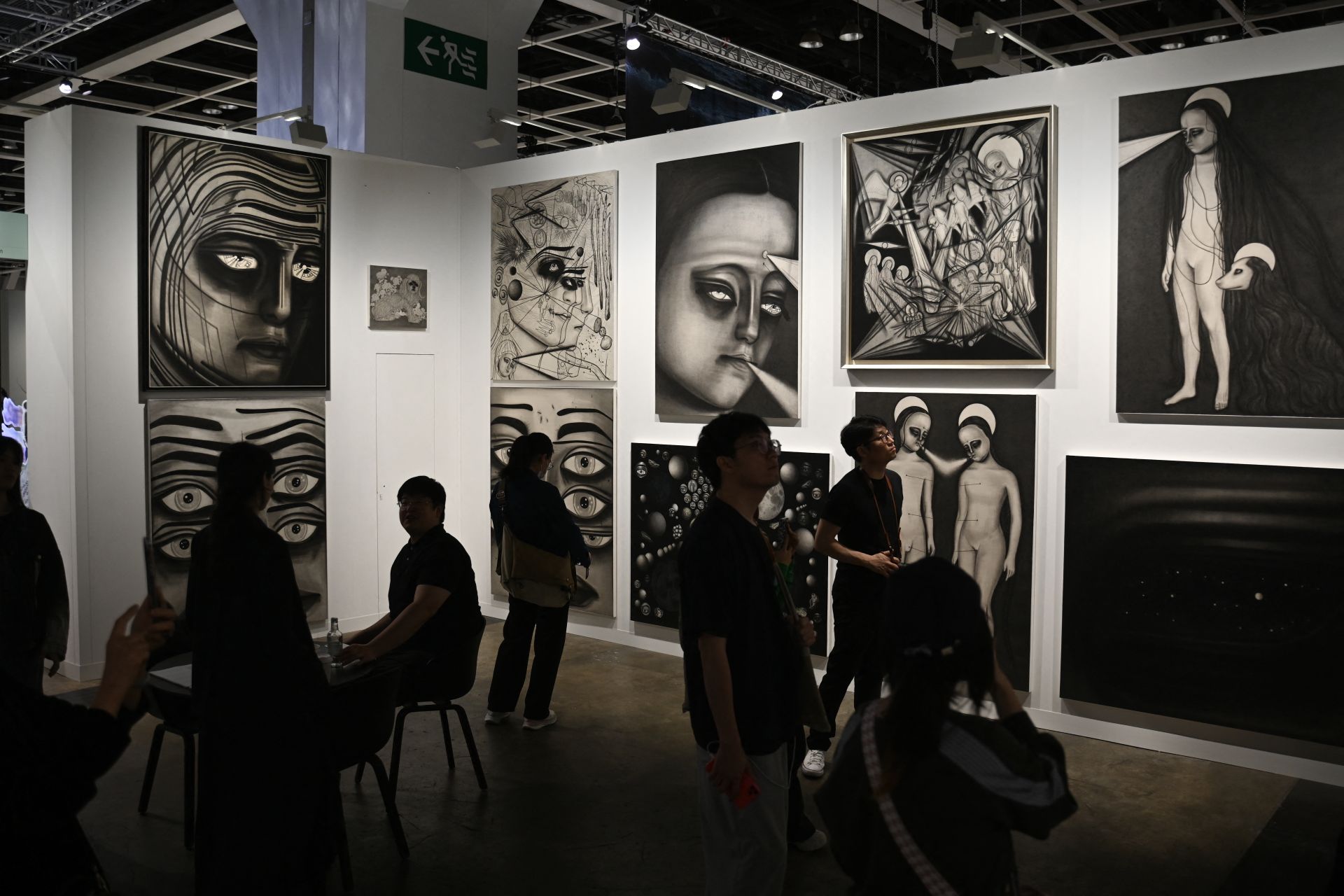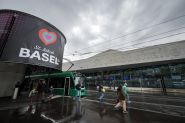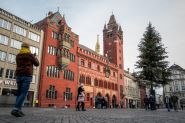
Art Basel 2025 opens to the public on Thursday in Switzerland, against a backdrop of economic uncertainty and a slowing global art market. While top galleries continue to present high-value works by blue-chip artists, the fair is set to test collector appetite amid declining sales and geopolitical tensions.
The Art Basel fair will open its doors to the public on Thursday, after two and a half days reserved for collectors. The event will serve as a barometer for the contemporary art market, which has cooled in recent months due to economic and geopolitical uncertainties.
Even before the fair officially kicked off, big numbers were already circulating. The New York-based Pace Gallery is planning to offer a Pablo Picasso painting for over $30 million (€25.8 million).
The gallery also hopes to find a buyer for a work by American painter and printmaker Joan Mitchell, priced between $15 million and $20 million—despite lukewarm demand during the spring auctions in New York.
Art Basel holds a unique place in the art world. Each year, galleries, artists, and wealthy collectors flock to Basel, Switzerland, to attend this major gathering, where significant sales are regularly made.
In 2022, amid an art market boom, a sculpture by Franco-American artist Louise Bourgeois sold there for $40 million.
The following year, another of her sculptures sold for $22.5 million, while in 2024, a Joan Mitchell painting fetched $20 million.
The 2025 edition, featuring 289 galleries from around 40 countries, takes place in a much less favorable climate. Despite some eight-figure sales last year, the overall art market declined sharply in 2024.
According to a report prepared for Art Basel by Arts Economics and Swiss bank UBS, global art market sales fell by 12% in 2024 to $57.5 billion, following two years of strong growth in 2021 and 2022. However, the market had already begun to show signs of fatigue in 2023.
Safe bets
This downturn particularly affected auction houses, where sales dropped by an estimated 20% to $23.4 billion. Gallery sales declined by 6% to $34.1 billion.
Last year, demand was held back by uncertainty surrounding numerous elections, which compounded ongoing economic concerns. These factors especially impacted high-end segments—works priced over $10 million—according to the report.
A ranking by insurance company Hiscox of the most sought-after contemporary artists at auction also shows a decline in demand for recent artworks.
In 2024, the value of sales for works created after 2000 contracted by 27%, with collectors favoring older works by established artists.
“There’s a trend toward safe havens, a repositioning around more secure bets,” said Julie Hugues, head of the art market at Hiscox, in an interview with AFP. She noted that collectors now lean more toward works whose investment value is clearer, often at the expense of younger artists.
She also observed “a certain wait-and-see attitude,” especially as uncertainty has grown further since early 2025, due to geopolitical tensions and ongoing developments surrounding White House tariff policies.
"Right now, there are fewer transactions because everyone is waiting to see what will happen,” she explained.
The fair will therefore be closely watched by market professionals, even if it is often seen as an imperfect indicator. Given the quality of the pieces exhibited, major sales frequently still occur there, even when the rest of the market is struggling.
Galleries continue to bring their finest works, especially for the "Unlimited" section, which features very large-scale pieces and gives the event a museum-like atmosphere.
The fair will welcome major collectors first, before opening to the public from June 19 to 22. Last year, it attracted 91,000 visitors.
With AFP




Comments